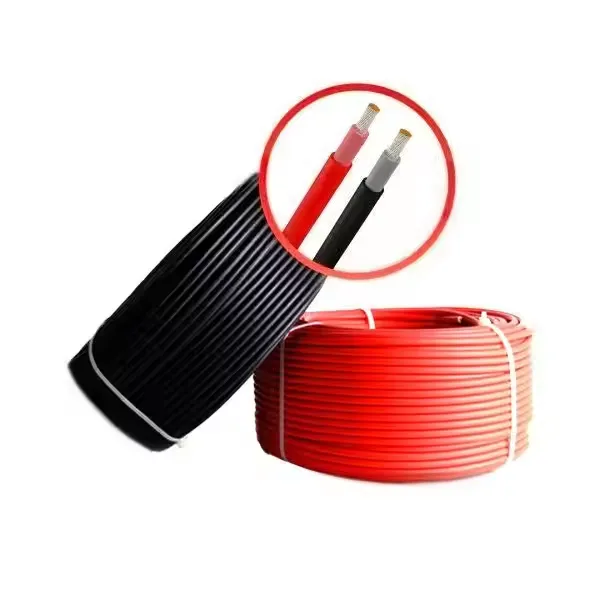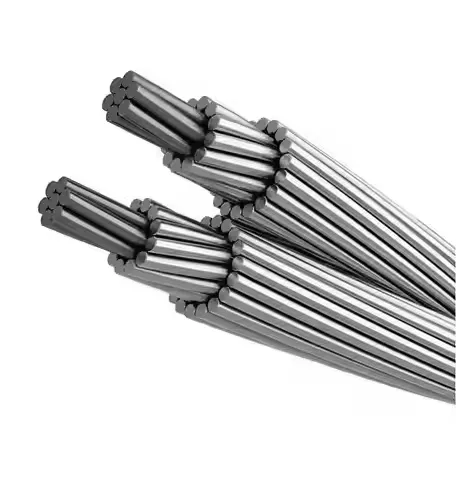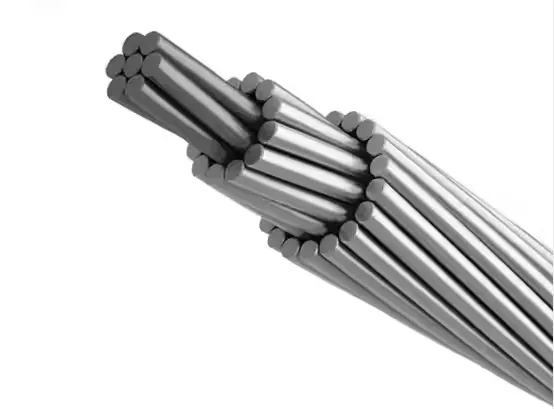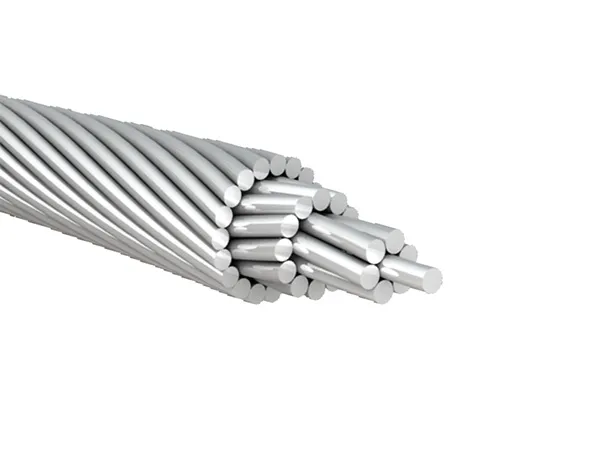Time: 2025-07-31 07:52:42 Source: Henan Province Jianyun Cable Co., Ltd.
Purchasing durable direct current (DC) photovoltaic (PV) solar cables for harsh environments is critical to ensure the reliability, safety, and longevity of PV systems. These cables, used to connect solar panels to inverters or combiner boxes, must withstand extreme environmental conditions such as high UV exposure, temperature fluctuations, moisture, and chemical exposure. This guide provides a structured approach to selecting and purchasing durable DC PV solar cables, focusing on material specifications, performance criteria, and procurement considerations, presented in a formal and professional manner.

DC PV solar cables are single-core cables designed for the DC side of PV systems, typically connecting solar panels to inverters or combiner boxes. They feature tinned copper conductors for corrosion resistance and halogen-free, UV-resistant insulation, such as cross-linked polyethylene (XLPE), to endure outdoor conditions. Available in sizes from 1.5 mm² to 16 mm², these cables are rated for voltages up to 1.0–1.5 kV DC and must perform reliably in harsh environments, including deserts, coastal areas, or regions with extreme temperatures, for a lifespan of 25–30 years.
To ensure durability in harsh environments, DC PV solar cables must possess specific characteristics:
| Characteristic | Requirement |
|---|---|
| UV Resistance | Resist degradation from prolonged exposure |
| Temperature Tolerance | -40°C to 90°C or higher |
| Moisture Resistance | Prevent water ingress |
| Chemical Resistance | Withstand salts, acids, pollutants |
| Flame Retardancy | Halogen-free, flame-retardant |
Follow these steps to identify and procure durable DC PV solar cables:
| Step | Key Actions |
|---|---|
| Environmental Conditions | Assess UV, temperature, moisture exposure |
| Electrical Requirements | Calculate current, select size and voltage rating |
| Voltage Drop | Ensure <3% using VD formula |
| Material Specifications | Tinned copper, XLPE, halogen-free |
Selecting a reliable supplier is critical to obtaining durable DC PV solar cables:
| Procurement Factor | Consideration |
|---|---|
| Reputation | Proven track record, industry references |
| Certifications | Compliance with standards, test reports |
| Cost vs. Quality | Prioritize quality, compare quotes |
| Warranty | Minimum 25-year performance warranty |
| Challenge | Solution |
|---|---|
| UV Degradation | Select XLPE-insulated cables with proven UV resistance |
| Temperature Extremes | Choose cables rated for -40°C to 90°C or higher |
| Moisture Ingress | Use sealed connectors, moisture-resistant insulation |
| Substandard Cables | Verify certifications, source from reputable suppliers |
Purchasing durable DC PV solar cables for harsh environments requires careful consideration of environmental conditions, electrical requirements, material specifications, and supplier reliability. By selecting cables with tinned copper conductors, UV-resistant XLPE insulation, and compliance with international standards, and by choosing reputable suppliers with robust certifications, installers can ensure safe and efficient PV systems. Addressing challenges like UV degradation and moisture ingress through proper material selection and procurement practices guarantees a system lifespan of 25–30 years, even in the most demanding environments.

High strength electrical wire Aluminum Conductor Steel Reinforced ACSR Conductor

Overhead Line ACSR Bare Conductor ACSR Conductor 1/0 for Overhead Applications

Convenient installation electrical power wire Aluminum Conductor Steel Reinforce

All aluminum conductor (AAC) cables are designed to provide efficient electrical